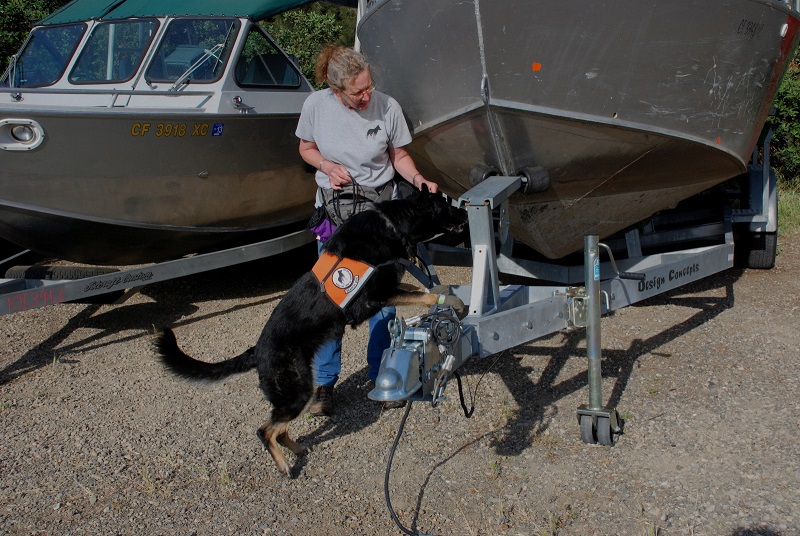Conservation: Conservation Detection Dogs
This is Passport to Texas
Most dogs like to work. And Pete Coppolillo is hiring. He is Executive Director of Working Dogs for Conservation in Bozeman, Montana. Since the mid-1990s, his organization’s trained dogs as a non-invasive alternative method for collecting data on hard to find wildlife.
05—By non-invasive, I mean we don’t have to capture them, we don’t have to handle them, we don’t even have to see them.
Then, just how are researchers using dogs?
06—So, the idea is we train a dog to find their scat, usually, which to non-biologists is a polite word for poop.
By detecting scat, the dogs help researchers determine the range, sex, and diet (among other things) of certain wildlife species. Pete said they first trained dogs to sniff out grizzly bear and wolf scat, but didn’t stop there.
28—Dogs can do everything from scat to live animal work to invasive weeds. Even invertebrates, like Emerald Ash Borer; they can find their larvae or their eggs. And, [we] even [use the dogs to detect] aquatic invasives like zebra and quagga mussels – to inspect boats. Because, the mussels can be in cracks, or inside, where a visual inspection can’t see them. Or the dogs can even detect the veligers, which are microscopic larvae that we can’t see.
Not all dogs are suited to this work. Learn more about these dogs at Working Dogs for Conservation.
More on that tomorrow. The Wildlife and Sport Fish Restoration program supports our series and funds diverse conservation projects in Texas.
For Texas Parks and Wildlife…I’m Cecilia Nasti.



 Passport to Texas is a
Passport to Texas is a  Passport to Texas is made available by:
Passport to Texas is made available by: